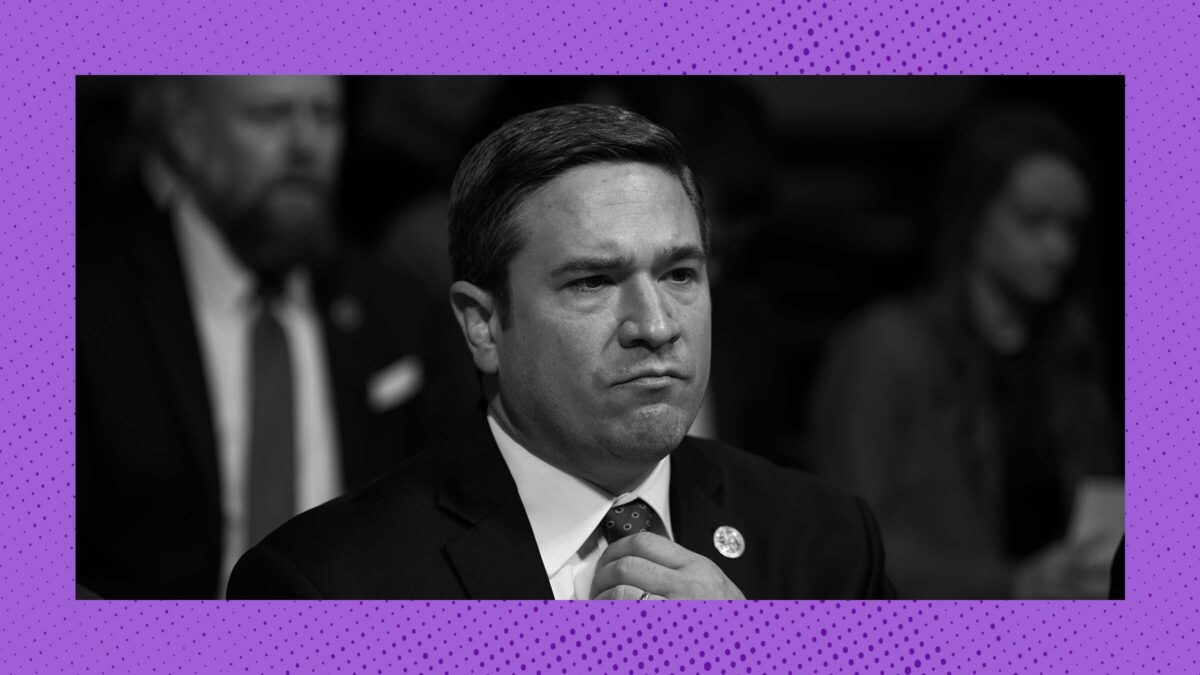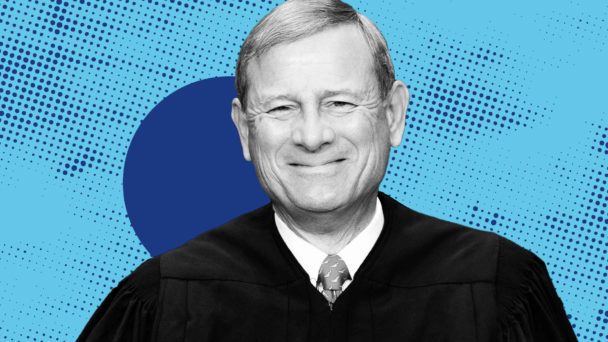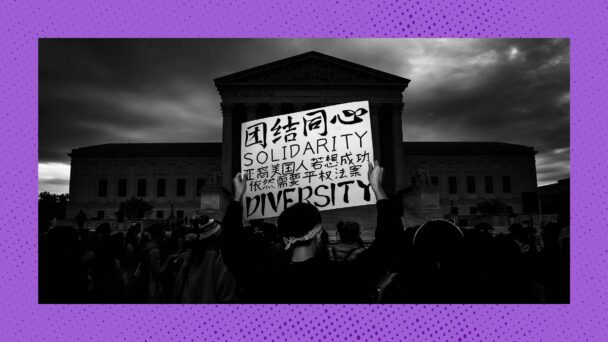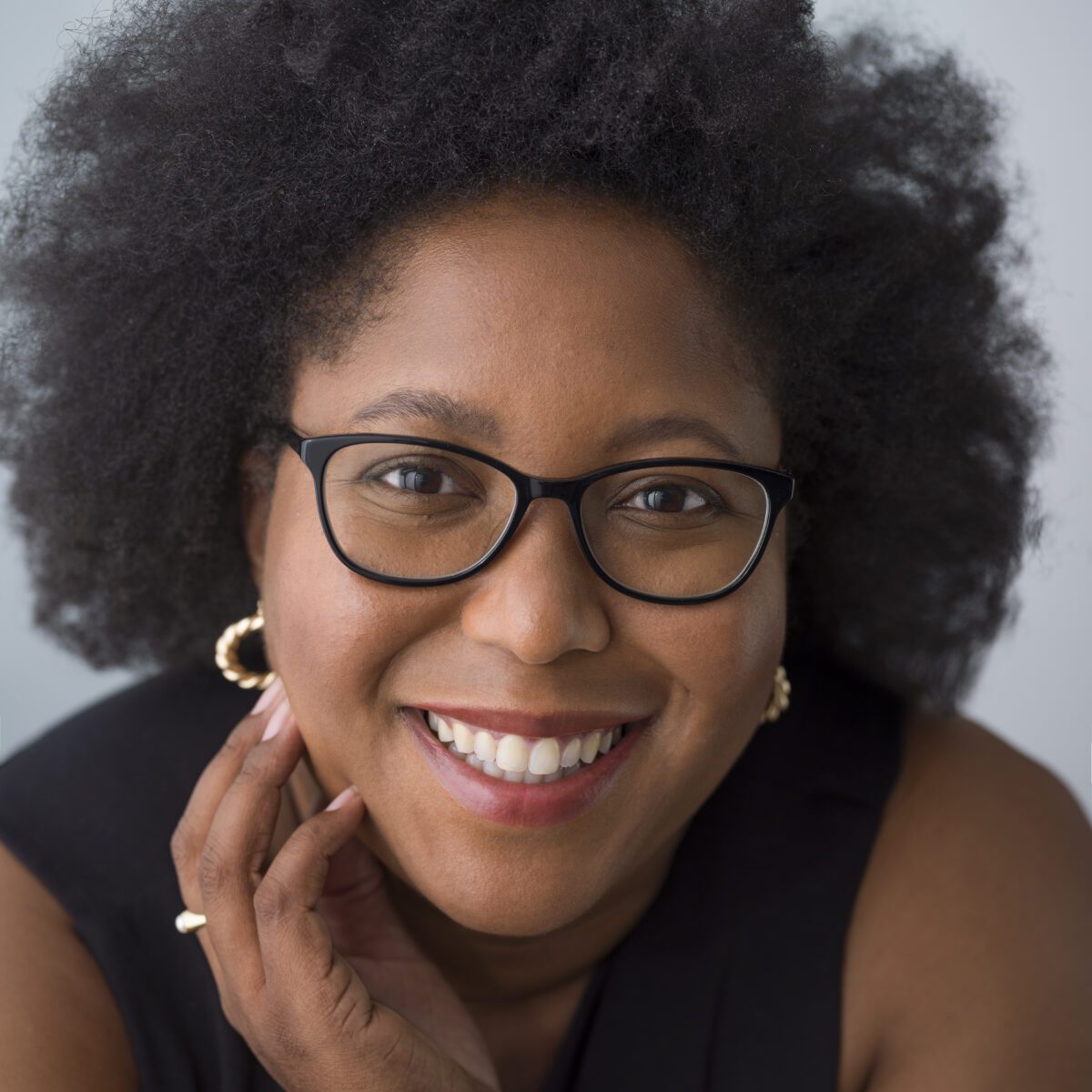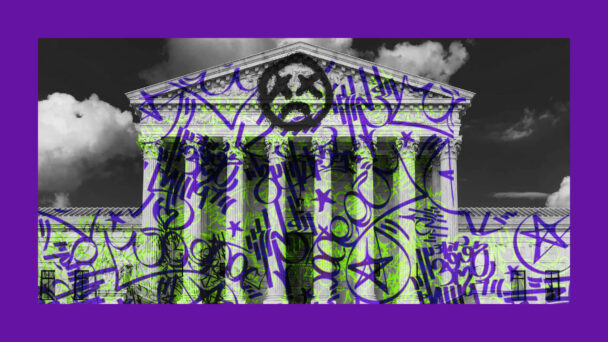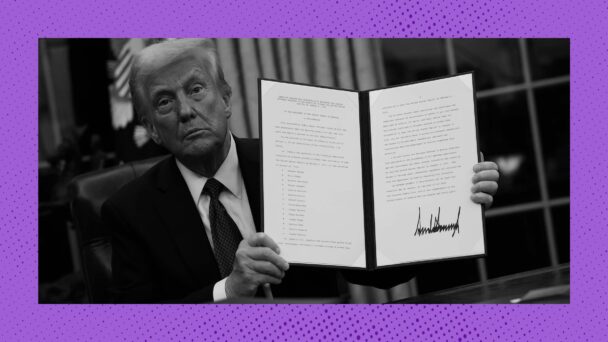In spring of 2018, Starbucks was embroiled in a crisis brought on by back-to-back racist incidents at its stores. First, a Starbucks employee in Philadelphia called the cops on two Black men and got them arrested for the “offense” of waiting for a friend to arrive without placing an order first. Then, a few weeks later, a Starbucks employee in Los Angeles wrote a racial slur on a Latino customer’s cup. The coffee chain quickly responded with nationwide anti-bias trainings and an announcement that it would take action to “repair and reaffirm” its values, which apparently did not include calling men with guns to zealously defend chair real estate from anyone not actively drinking a frappucino.
In October 2020, after getting a final push from the preceding summer’s protests for racial justice, Starbucks publicly announced a concrete plan to become more diverse, equitable, and inclusive. The company’s CEO began hosting quarterly roundtables with leaders of Starbucks’ affinity programs in order to “better understand and support” the experience of employees of color, and planned additional programming like an “Inclusion & Diversity Virtual Leadership Summit.” Starbucks’ integration efforts also included the establishment of a mentorship program for its employees of color, and representation goals for people of color and white women in retail, manufacturing, and corporate roles alike. Publicly available data about Starbucks’ workforce in the United States shows modest demographic shifts in the years that followed: Between 2020 and 2024, the company’s percentage of employees of color increased by about 5 percent, and women employees by 1.7 percent.
Now, Missouri’s Republican Attorney General, Andrew Bailey, is suing Starbucks to make it more segregated, inequitable, and exclusionary. On February 11, Bailey filed a federal lawsuit alleging that the company is violating state and federal laws by discriminating against straight white men. Bailey claimed in the complaint that Starbucks “decided to require outright race- and sex-based discrimination in hiring via quotas, segregate employees on unlawful bases, and single out preferred groups for additional training and employment benefits.” This was a dramatic way of mischaracterizing run-of-the-mill corporate diversity practices as “employment discrimination, one of the most odious practices possible.”
First, Bailey attacks Starbucks’s employee-led affinity groups for people with shared identities or experiences—women, LGBTQ people, servicemembers, and so on—which the company says “help create a culture of joy and belonging” through networking and intercultural events with other group members, as well as anyone else at Stackbucks who wants to participate. “On information and belief, Starbucks’ claims are merely pretext to cover up its unlawfully discriminatory intentions,” said Bailey in the complaint. Last year, a conservative think tank submitted a proposal to Starbucks requesting that the company audit the affinity groups and determine “if and to what extent” they discriminate against “non-diverse employees.” Shareholders rejected this request by an overwhelming 60:1 margin. Bailey’s complaint highlights that rejection as proof of wrongdoing, and alleges that Starbucks is giving affinity group members targeted training for advancement. “Starbucks segregates its employees on the basis of race and sex, and then provides preferred minorities with additional job benefits,” said Bailey.
Second, Bailey targets mentorship programs and representation goals as discriminatory hiring and advancement opportunities. “Minority employees are given a mentor,” said Bailey, “but employees of other races were [sic] not.” He further characterized Starbucks’ diversity goals as “quotas” and contended that they have “had real effects” on representation: “Since 2020, Starbuck’s [sic] workface [sic] has become more female and less white.” Bailey’s typo-ridden complaint assumes that a more diverse workplace is a bad thing, but perhaps a “more female and less white” staff would have proofread his filing.
Modest shifts in the demographics of Starbucks’ national employee profile don’t say anything about Missouri, or what legitimate business the state’s attorney general has filing this lawsuit. For that, Bailey’s third act is dabbling in amateur economics: He contends that his office has the authority to sue because, as a result of Starbucks’s reverse racism, Missourians “are required to pay higher prices and wait longer for goods and services that could be provided for less had Starbucks employed the most qualified workers, regardless of their race, color, sex, or national origin.” Apparently, if you’re overcharged for black coffee, Bailey thinks you should blame a Black barista, not a sprawling multinational corporation’s obsession with squeezing as much money as possible out of anyone willing to buy pumpkin-spiced nonsense.
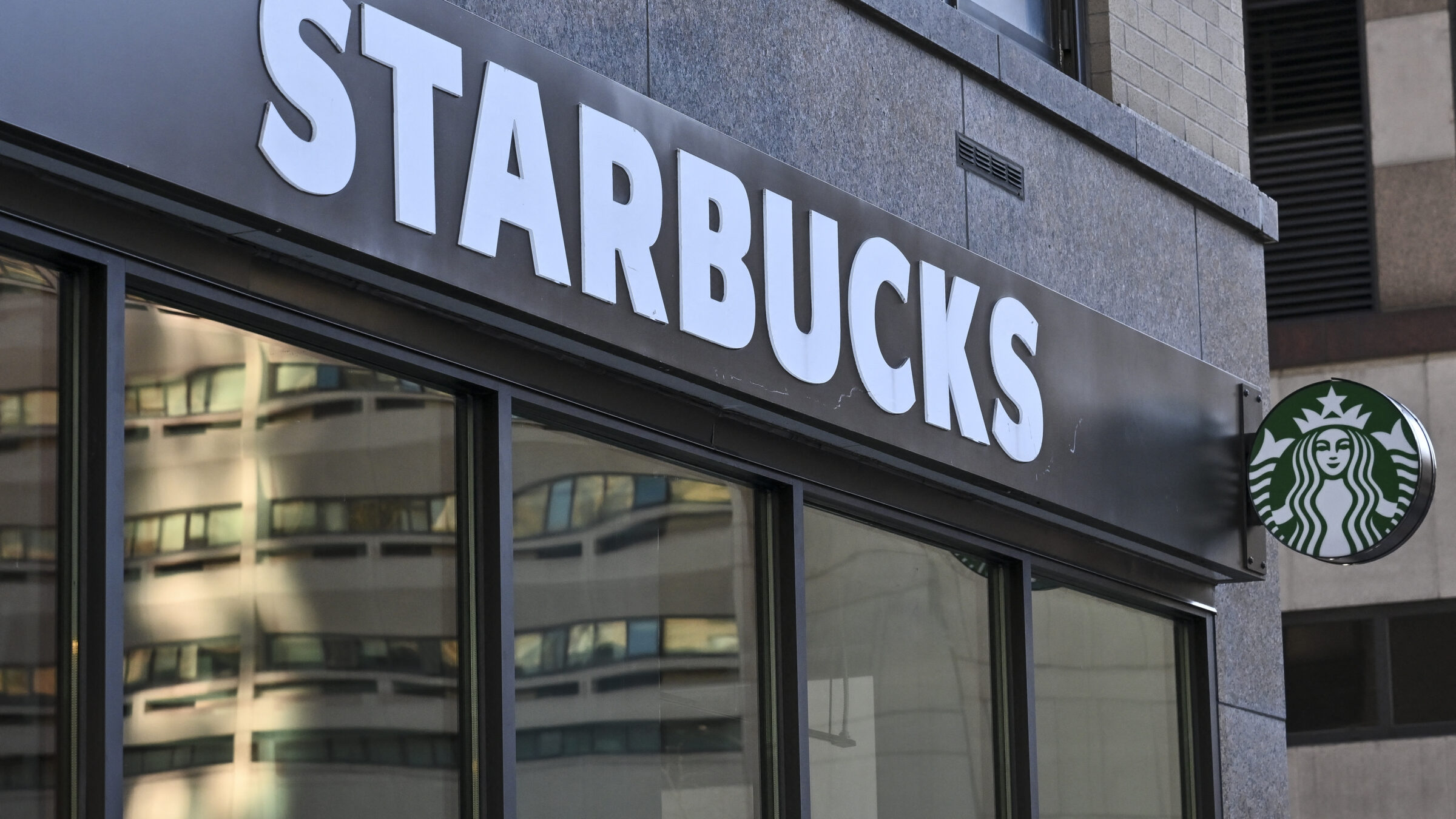
(Photo by ANGELA WEISS/AFP via Getty Images)
Bailey concluded that Missouri has a “quasi-sovereign interest” in the well-being of its residents, and in “securing residents from the harmful effects of discrimination.” Ironically, Missouri was the birthplace of the modern civil rights struggle precisely because of its well-known disinterest in protecting its Black residents from the harmful effects of discrimination. In 2014, the police shot and killed Michael Brown, Jr., an unarmed Black teenager, in Ferguson, Missouri, igniting the Black Lives Matter movement. In 2015, the U.S. Department of Justice found that both the Ferguson Police Department and the Ferguson Municipal Court had a pattern or practice of violating Black residents’ rights under the First, Fourth, and Fourteenth Amendments to the Constitution. And in 2017, the NAACP issued a national travel advisory warning Black people traveling anywhere within Missouri to exercise extreme caution. That advisory remains in effect. Basically, the racism call is coming from inside the house.
The kind of racism that is pervasive in Missouri, like the kind that Starbucks attempted to respond to with its DEI programming, poses an actual danger to people’s physical, economic, and social well-being. Yet Bailey argues that efforts to undo the harmful effects of invidious racial discrimination are just as odious—and unlawful—as inflicting that harm in the first place. To justify this claim, Bailey points to the Supreme Court’s 2023 decision striking down race-conscious college admissions programs and its 2007 decision halting school integration busing programs. “Most people know discrimination is wrong, and that the way to stop discrimination on the basis of race is to stop discriminating on the basis of race,” said Bailey, quoting Chief Justice John Roberts. “Starbucks unfortunately disagrees.”
Missouri v. Starbucks is part of the Republican Party’s broader commitment to reentrenching white supremacy. Immediately upon reentering the White House, President Donald Trump rescinded decades-old policies dismantling segregation in federal contracting. He is purging the government of civil servants whose work ever touched on anti-discrimination. The guy just tapped as the State Department’s Acting Under Secretary for Public Diplomacy literally tweeted in October that “competent white men must be in charge if you want things to work.” And last month, Trump ordered the Department of Justice to identify “egregious and discriminatory DEI practitioners” in the private sector as potential targets for federal investigation and litigation. “DEI,” as the term is used by conservatives, is a clumsy substitute for another word they know they’re not supposed to say.
In all three branches of government, Republicans are working to affirm the superiority of white men and cultivate a social and economic underclass—a gross ploy to weaponize civil rights laws against the very communities they are supposed to protect. Missouri Attorney General Andrew Bailey’s attempt to get rid of diversity initiatives in the workplace is really a segregationist attempt to get rid of diverse people in the workplace.
